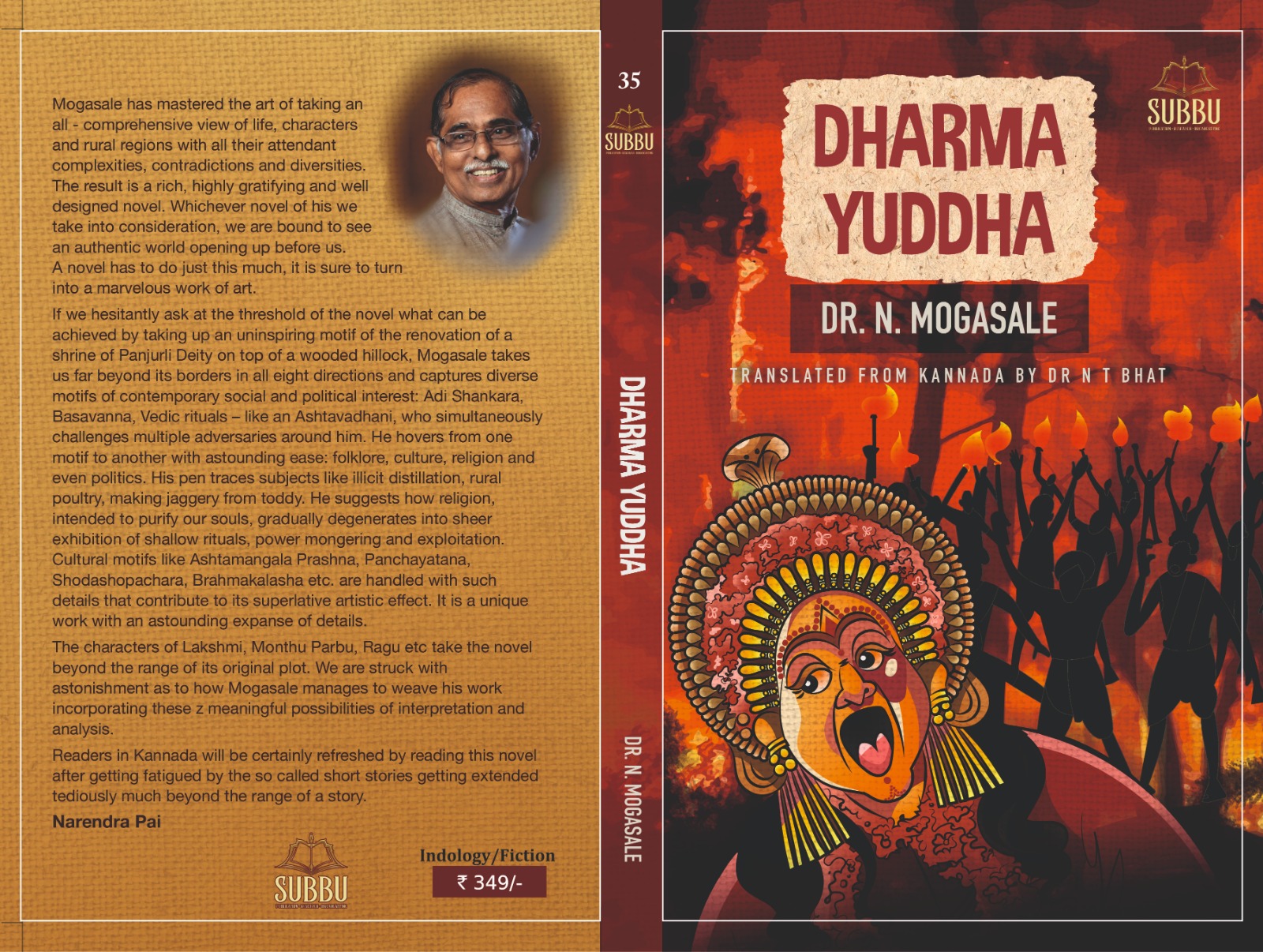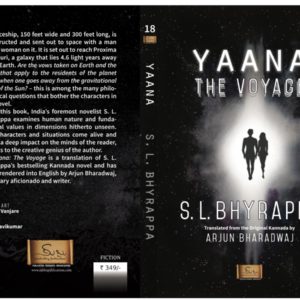Mogasale has mastered the art of taking an all- comprehensive view of life, characters and rural regions with all their attendant complexities, contradictions and diversities. The result is a rich,highly gratifying and well designed novel. Whichever novel of his we take into consideration, we are bound to see an authentic world opening up before us. A novel has to do just this much, it is sure to turn into a marvelous work of art.
If we hesitantly ask at the threshold of the novel what can be achieved by taking up an uninspiring motif of the renovation of a shrine of Panjurli Deity on top of a wooded hillock, Mogasaletakes us far beyond its borders in all eight directions and captures diverse motifs of contemporary social and political interest: Adi Shankara, Basavanna, Vedic rituals – like an Ashtavadhani, who simultaneously challenges multiple adversaries around him. He hovers from one motif to another with astounding ease: folklore, culture, religion and even politics. His pen traces subjects like illicit distillation, rural poultry, making jaggery from toddy. He suggests how religion, intended to purify our souls, gradually degenerates into sheer exhibition of of shallow rituals, power mongering and exploitation. Cultural motifs like Ashtamangala Prashna, Panchayatana, Shodashopachara, Brahmakalasha etc. are handled with such details that contribute to its superlative artistic effect. It is a unique work with an astounding expanse of details.
The characters of Lakshmi, Monthu Parbu, Ragu etc take thenovel beyond the range of its original plot. We are struck with astonishment as to how Mogasale manages to weave his work incorporating these these meaningful possibilities of interpretation and analysis.
Readers in Kannada will be certainly refreshed by reading this novel after getting fatigued by the so called short stories getting extended tediously much beyond the range of a story.






Ashish Iyer –
First and foremost, I would like to thank Subbu Publications for bringing out this important work, and NT Bhat for the thoughtful translation. Dharmayuddha by Na Mogasale is now available in English, opening it up to a wider readership. The significance of Mogasale’s novel becomes even clearer in translation—its portrayal of politics and conflict surrounding the construction of a temple in a rural setting is both compelling and nuanced.
Reading this book offered me rich insights into the local Tulu culture of coastal Karnataka. I especially appreciated the discussions on Panchayatana, Basavanna’s Vachanas, and the distinction between Agama and Non-Agama traditions. I sincerely hope more of Mogasale’s work will become accessible to English-speaking audiences in the future.